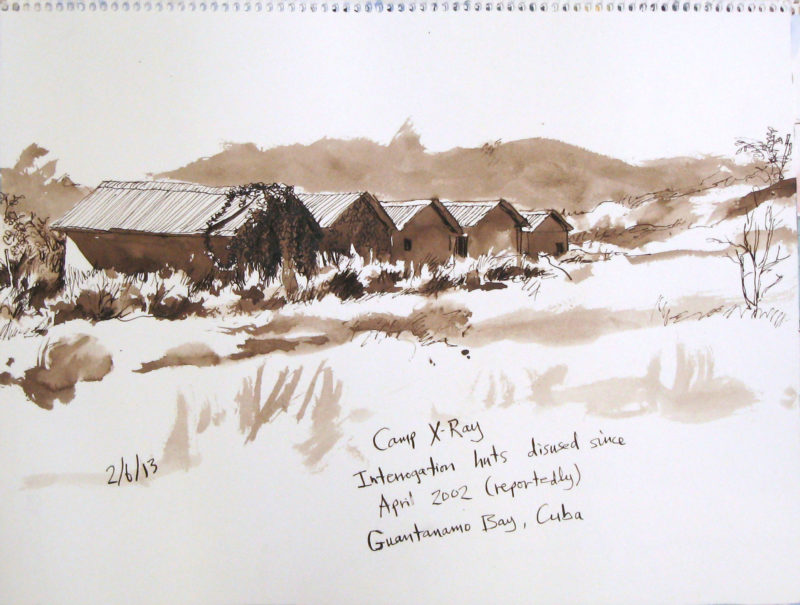
Introduction
Many artists often find that they have to immerse themselves in the landscapes and the environment that they paint. This not only helps when capturing the true essence of the subjects to be featured in the art, but it also helps the artist gain a deeper understanding of the subjects regarding their feelings, emotions, and opinions.


Steve Mumford’s trips to Afghanistan and Iraq
Steve Mumford 1 knows all too well the sacrifices that are required to produce work that speaks to people. Since 2003, Mumford has traveled to Afghanistan 2 and Iraq 3 to capture various war-torn regions in his paintings and drawings.


Although contemporary art often addresses various political issues in a subtle manner, it is not often that an entire collection is based solely on the engagement with war 4. Mumford has produced drawings and images from dangerous hot spots such as Baghdad 5, Tikrit 6 and Baquba 7.


War Paintings
The War Paintings comprises primarily a collection of field drawings that feature watercolor and gouache sketches. Over his numerous visits, Mumford worked in areas ranging from dangerous war zones to populated communities.


Through his observations, Mumford managed to sensitively paint portraits 8 of the land, its people, and the complex socio-political circumstances faced by both opposing sides. The paintings are straightforward and unedited depictions of what happens in war-torn areas.


When setting up each scene, it appears that Mumford paid serious attention to detail; however, although his works are based on factual events, they also expose hints of personal bias and narrative that are held in check by the actual images. Although Mumford’s opinions come through the paintings, his bias does not affect the power that the images have.



Guantanamo watercolor paintings & Mumford’s cynicism
For instance, his drawings of Guantanamo 9 radiate and echo a journalist’s frustration at some of the barriers and censorships that make his work difficult. And yet, the moments in the paintings continue to feel authentic and accurate.


Many of the watercolor paintings reference the strict regulations given to him, with some of the silhouettes bearing markings such as classified, redacted or permitted views. These subtle remarks allow Mumford to communicate his cynicism about not being able to fully capture his subjects, many of whom were prisoners.


Conclusion
Mumford’s paintings give a sense of the situation because the images displayed in the media are often oversensationalized in a manner that does not paint the accurate picture of the situation. His deep respect for military 10 service is evident, as are his feelings about the effects of war on the soldiers that have to fight and the people that have to live through the fighting.




